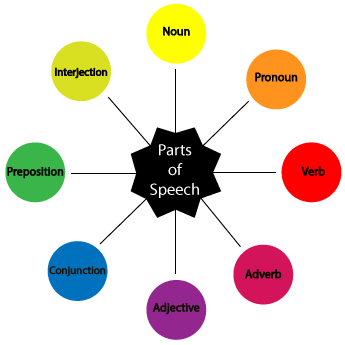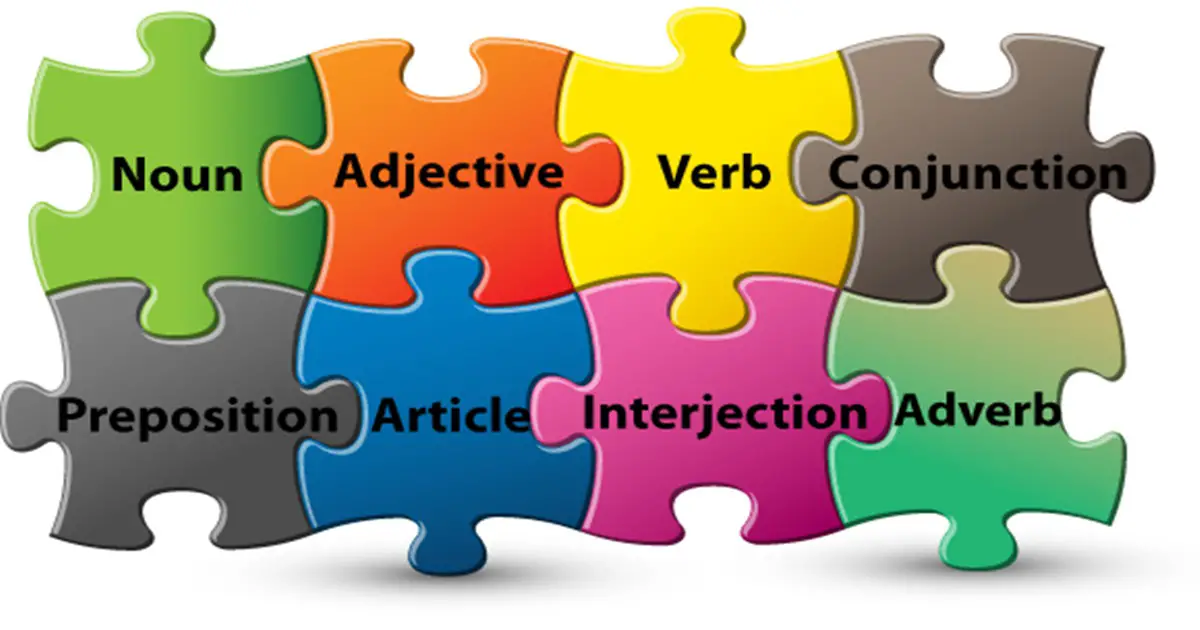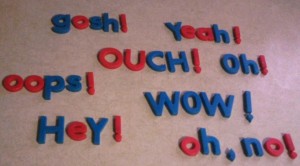CLASS MAY 9th
the teacher just did review the porfolio in the class and no more.

DOSSIER
UP NUMBER 5: JUAN DAVID SALAZAR- LUISA MUJICA - MARIA FERNANDA MUÑOZ- GILBERT
WARM UP: IDENTIFY THE NAME OF THE GAME CARTOON
INTRODUCTION: EXPLENATION OF ADJECTIVES

Types of Adjectives
Remember that adjectives can modify as well as describe other words, and you’ll find it much easier to identify different types of adjectives when you see them.
Articles
There are only three articles, and all of them are adjectives: a, an, and the. Because they are used to discuss non-specific things and people, a and an are called indefinite articles. For example:
- I’d like a
- Let’s go on an
Neither one of these sentences names a specific banana or a certain adventure. Without more clarification, any banana or adventure will do.
The word the is called the definite article. It’s the only definite article, and it is used to indicate very specific people or things:
- Please give me a banana. I’d like the one with the green stem.
- Let’s go on an adventure. The Grand Canyon mule ride sounds perfect!
Possessive Adjectives
As the name indicates, possessive adjectives are used to indicate possession. They are:
- My
- Your
- His
- Her
- Its
- Our
- Their
Possessive adjectives also function as possessive pronouns.
Demonstrative Adjectives
Like the article the, demonstrative adjectives are used to indicate or demonstrate specific people, animals, or things. These, those, this and that are demonstrative adjectives.
- These books belong on that
- This movie is my favorite.
- Please put those cookies on the blue plate.
Coordinate Adjectives
Coordinate adjectives are separated with
commas or the word
and, and appear one after another to modify the same noun. The adjectives in the phrase
bright, sunny day and
long and
dark night are coordinate adjectives. In phrases with more than two coordinate adjectives, the word
and always appears before the last one; for example: The sign had
big, bold, and bright letters
.
Be careful, because some adjectives that appear in a series are not coordinate. In the phrase green delivery truck, the words green and delivery are not separated by a comma because green modifies the phrase delivery truck. To eliminate confusion when determining whether a pair or group of adjectives is coordinate, just insert the word and between them. If and works, then the adjectives are coordinate and need to be separated with a comma.
Numbers Adjectives
When they’re used in sentences, numbers are almost always adjectives. You can tell that a number is an adjective when it answers the question “How many?”
- The stagecoach was pulled by a team of six
- He ate 23 hotdogs during the contest, and was sick afterwards.
Interrogative Adjectives
There are three interrogative adjectives: which, what, and whose. Like all other types of adjectives, interrogative adjectives modify nouns. As you probably know, all three of these words are used to ask questions.
- Which option sounds best to you?
- What time should we go?
- Whose socks are those?
Indefinite Adjectives
Like the articles a and an, indefinite adjectives are used to discuss non-specific things. You might recognize them, since they’re formed from indefinite pronouns. The most common indefinite adjectives are any, many, no, several, and few.
- Do we have any peanut butter?
- Grandfather has been retired for many
- There are no bananas in the fruit bowl.
- I usually read the first few pages of a book before I buy it.
- We looked at several cars before deciding on the best one for our family.
Attributive Adjectives
Attributive adjectives talk about specific traits, qualities, or features – in other words, they are used to discuss attributes. There are different kinds of attributive adjectives:
- Observation adjectives such as real, perfect, best, interesting, beautiful or cheapest can indicate value or talk about subjective measures.
- Size and shape adjectives talk about measurable, objective qualities including specific physical properties. Some examples include small, large, square, round, poor, wealthy, slow and
- Age adjectives denote specific ages in numbers, as well as general ages. Examples are old, young, new, five-year-old, and
- Color adjectives are exactly what they sound like – they’re adjectives that indicate color. Examples include pink, yellow, blue, and
- Origin adjectives indicate the source of the noun, whether it’s a person, place, animal or thing. Examples include American, Canadian, Mexican, French.
- Material adjectives denote what something is made of. Some examples include cotton, gold, wool, and
- Qualifier adjectives are often regarded as part of a noun. They make nouns more specific; examples include log cabin, luxury car, and pillow cover.
PRACTICE: ACTIVITY ON THE PAGE "AGENDA WEB"
PRODUCTION: FIND THE ADJECTIVE IN THE TV SHOW SIMPSONS CHARACTER
REVIEW: HOMEWORK ABOUT THE CHARACTER OF SIMPSONS
GROUP NUMBER 6: MARIA ALEJANDRA ARIZA- YORLEXI DE LA ROSA- NICOLL- TANIA MENDIETA
WARM UP: Chinese whisper or broken phone with tonge-twisters
INTRODUCTION: COUNTRIES AND NATIONALITIES
PRACTICE: PHOTOCOPIES ABOUT THE TOPIC
PRODUCTION: DRAMA WITH PUPPETS
REVIEW: VIDEO COUNTRIES SONG
https://www.youtube.com/watch?v=x88Z5txBc7w

















